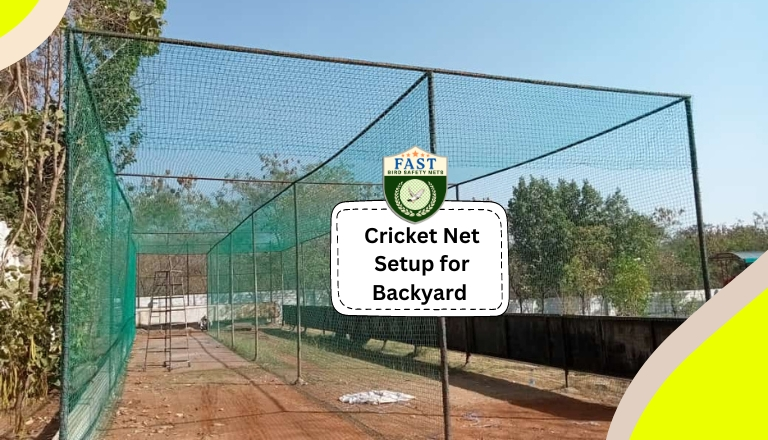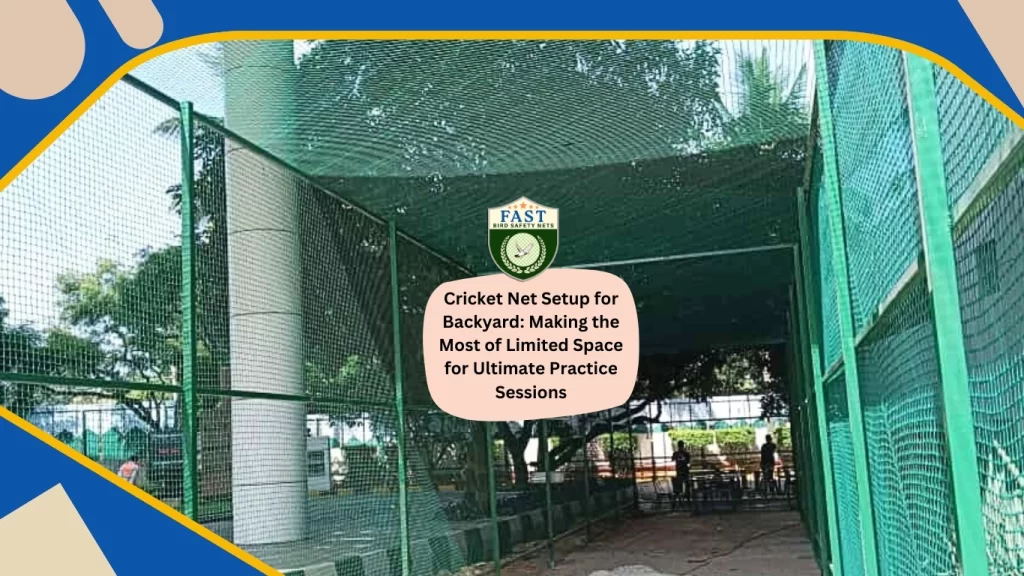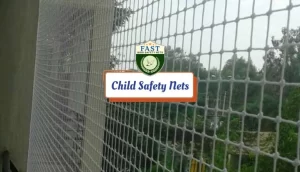Transforming your backyard into a cricket practice area is not only convenient but also a smart way to maximize limited space. This article presents tips and strategies for Cricket Net Setup for backyard to enhance your practice sessions.
1. Choosing the Right Location: Select a flat and spacious area in your backyard where you can set up the cricket net without obstruction. Ensure there are no overhead obstacles like branches or wires that could interfere with your batting or bowling practice. Additionally, consider the orientation of the net to minimize the impact of wind on the ball trajectory.
2. Installing the Net Structure: Depending on your budget and space constraints, choose between a permanent or portable net structure. Permanent structures offer durability but require more space and investment, while portable nets are versatile and can be easily set up and dismantled. To guarantee correct installation and stability, carefully follow the manufacturer’s instructions.

3. Surface Preparation: Prepare the ground surface beneath the net to provide a safe and conducive environment for practice. Clear any debris or obstacles that could cause tripping hazards. Consider laying down artificial turf or a mat to protect against wear and tear and provide better footing for batting and bowling.
4. Essential Equipment: Equip your backyard cricket net with essential gear such as bats, balls, stumps, and a scoreboard for a complete practice experience. Invest in quality equipment that can withstand frequent use and outdoor conditions. Additionally, consider installing boundary markers or cones to simulate match scenarios and improve your accuracy and shot selection.
5. Practice Drills and Techniques: Utilize the backyard cricket net to focus on specific drills and techniques to improve your batting, bowling, and fielding skills. Incorporate drills for footwork, timing, and shot selection to enhance your batting prowess. For bowlers, practice variations in pace, line, and length to develop control and consistency. Make use of training aids such as target nets or rebound boards to refine your skills further.
6. Safety Precautions: Prioritize safety when using the backyard cricket net to prevent injuries and accidents. Ensure the net structure is securely anchored to the ground to withstand strong winds. Establish clear boundaries and rules for safe practice, especially if children or inexperienced players are involved. Supervise younger players and encourage the use of protective gear such as helmets and pads.
7. Maintenance and Care: Regularly inspect and maintain the backyard cricket net to ensure its longevity and performance. Check for any signs of wear or damage and make necessary repairs or replacements promptly. Clean the net and surrounding area regularly to remove dirt, debris, and pests that could affect practice sessions.
Conclusion: With careful planning and preparation, your backyard can become the ultimate cricket practice zone, even with limited space. By following these tips for cricket net setup, you can enjoy productive practice sessions and hone your cricketing skills from the comfort of home. Make the most of every opportunity to refine your techniques and elevate your game to new heights.






